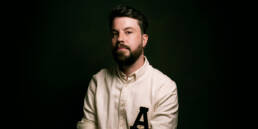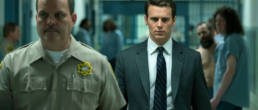
With the second season of ‘Mindhunter’ (2018) currently streaming on Netflix and excitement already bubbling for the third, it’s time to look at our fascination with serial killers, in general, since it certainly didn’t start last year with David Fincher’s latest directorial masterpiece. For decades, we have been ravenously consuming true crime and fiction stories about them, in books and on the screen.
From a psychological point of view, the public’s appetite for the macabre has existed since antiquity. The gladiator fights of the ancient Roman Empire, the hangings of suspected witches in Salem and all across North America, the public executions in Britain that went on until the end of the 19th century—these are mere snippets that prove our species’ attachment to violence and bloodshed. When we cannot enact it ourselves, we take pleasure in watching others, specifically authorities, do it. We revel in the violent punishment of evildoers. It is an indisputable fact and an aspect of mankind that we may find unpalatable.
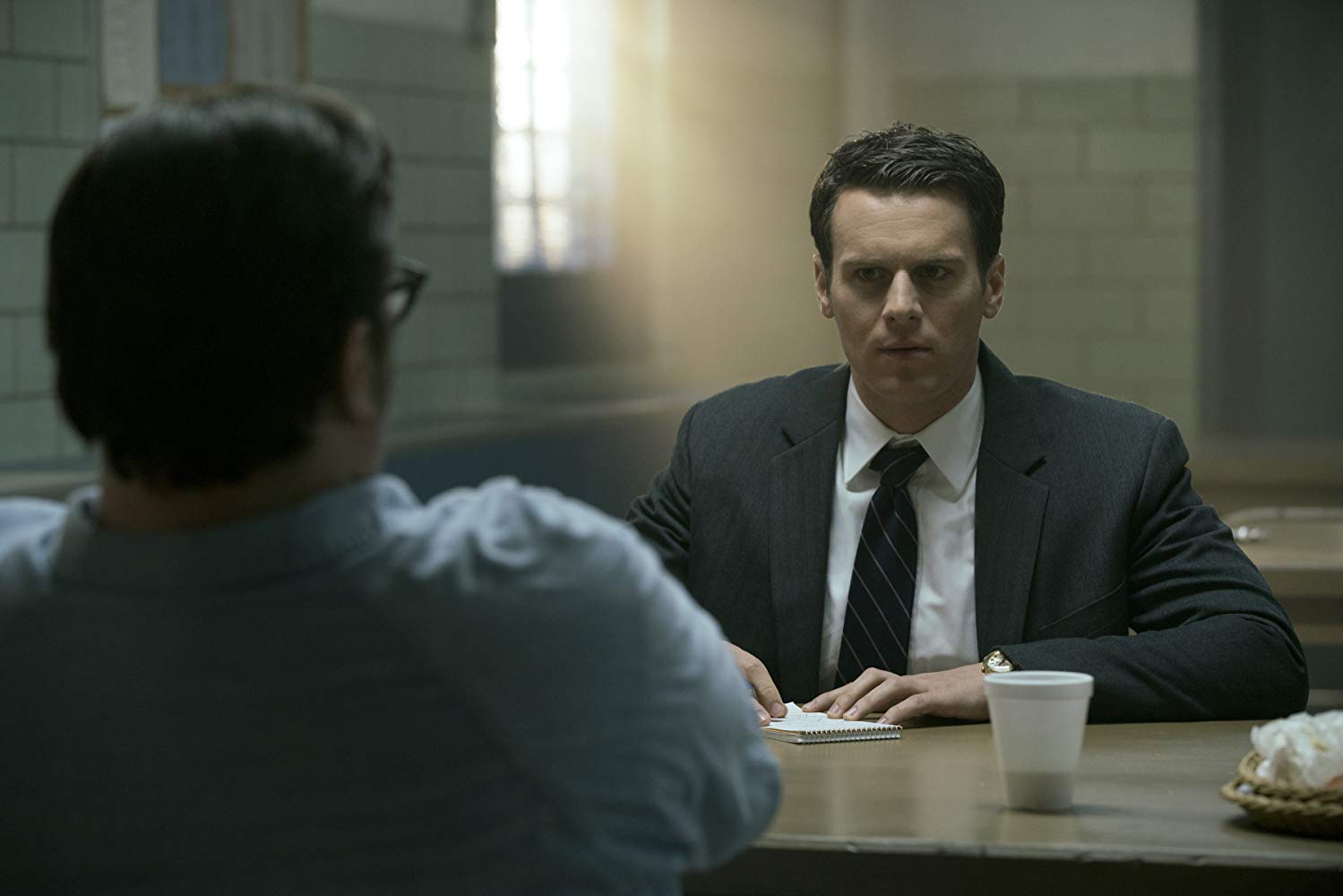 ©PATRICK HARBRON/NETFLIX
©PATRICK HARBRON/NETFLIX
With the evolution of forensic sciences and investigative techniques, as well as the elimination of public executions from all over the Western world, our attention has been captured by serial murderers, mostly due to the number of victims and often nightmarish ways in which they are killed. These individuals have often caused frenzies, mainly because their crimes seemed so random. Anyone could fall prey to a Jeffrey Dahmer or the BTK Killer.
According to the Crime Classification Manual (whose authors include John Douglas, the original ‘Mindhunter’), a serial killer is an offender who has killed more than three people across different locations, with cooling-off periods in-between each murder.
It often happens that these killers gain incredible notoriety thanks to the police’s public efforts to hunt them down. The authorities’ appeals to the general public through the press and the media inevitably turn these people into infamous, larger-than-life monsters. Of course, the authorities’ sole interest is to capture the killers before they create more victims. The newspapers and journals, however, spring for notoriety, which, in turn, feeds this public craving for morbid details of the actual crimes.
Today, there are several names in the serial killer hall of fame. Men (and a few women) of a dark, legendary status. Jack the Ripper of Victorian London. H.H Holmes. John Wayne Gacy, nicknamed The Killer Clown. George Metesky, also known as The Mad Bomber. Aileen Wuornos, considered to be the most famous female serial killer. The mysterious Zodiac Killer. Ted Bundy. Charles Manson, the biggest monster of them all. Jeffrey Dahmer. Ed Kemper, best known as The Co-Ed Killer. The list continues, and it is filled with horror—eerily fascinating horror.
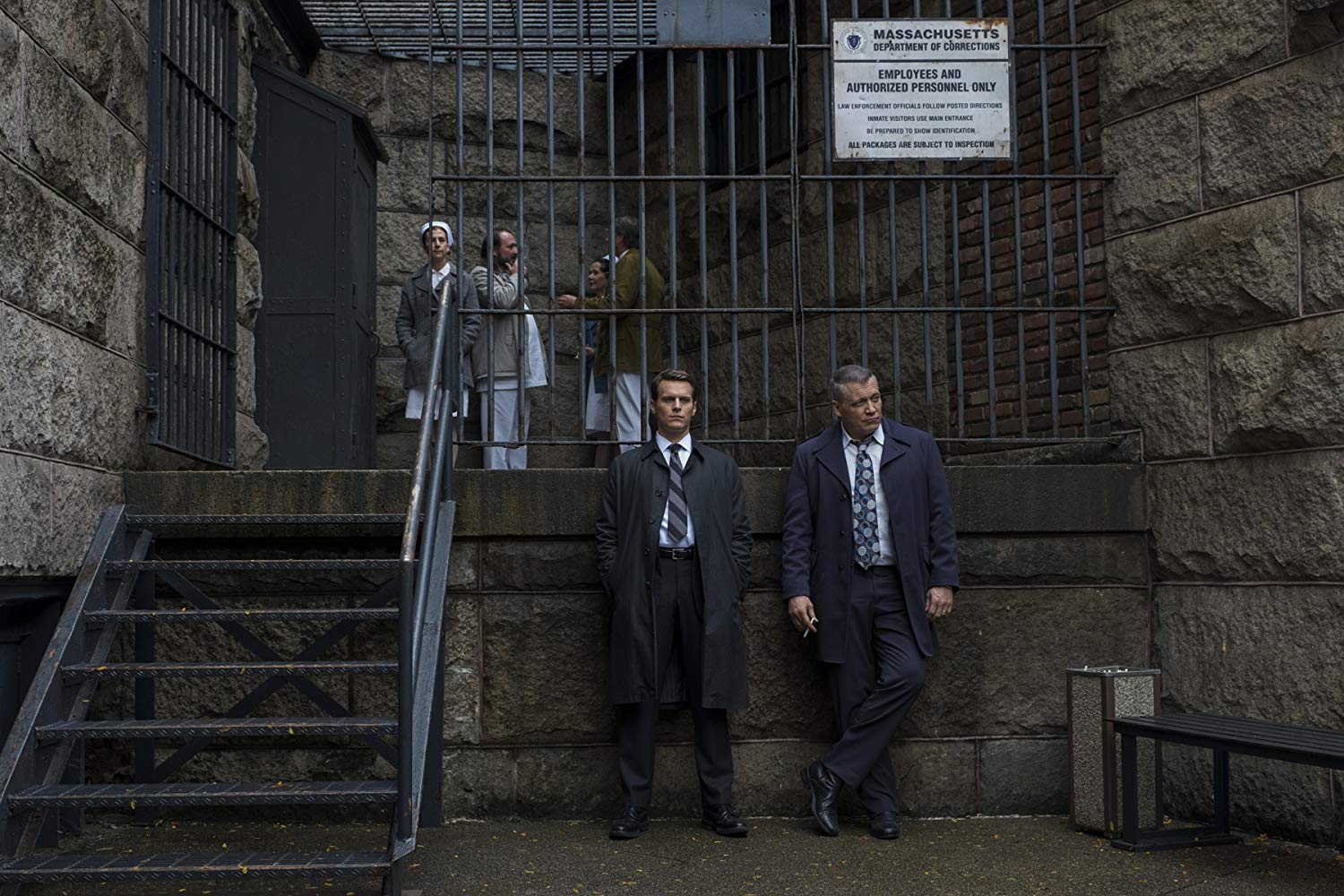 ©MERRICK MORTON/NETFLIX
©MERRICK MORTON/NETFLIX
‘Mindhunter’ and the study of monsters.
Forensic psychology has made great progress by studying these murderous behemoths, mainly through the efforts of John Douglas, Robert Ressler, Roy Hazelwood and several other agents behind the Behavioural Analysis Unit of the FBI. The entire project started out as a study based on interviews with serial killers, combined with professional psychiatric and psychological insights, provided mostly by Ann Burgess and her colleagues. It is thanks to them that today we are able to identify patterns and capture serial killers before they reach a devastating death toll—and these are the heroes portrayed in ‘Mindhunter’, as well.
But the critically acclaimed series is not the only one tackling the subject, though it does it exceptionally well. Long before Jonathan Groff, Holt McCallany, and Anna Torv teamed up to learn about serial killers in ‘Mindhunter’, the cinematic universe had already delivered chilling oeuvres such as Alfred Hitchcock’s ‘Psycho’ (1960), starring Anthony Perkins; ‘Monster’ (2003), directed by Patty Jenkins, which earned Charlize Theron an Academy Award; and Jonathan Demme’s ‘The Silence of the Lambs’ (1991), based on Thomas Harris’s novel, featuring Jodie Foster and Anthony Hopkins.
Today, ‘Mindhunter’ is not alone in portraying psychopaths. But all these productions share a common denominator: they bring the serial killer forth in all his wretched glory. They give us a glimpse into the most deranged of minds while pushing us to make a clear distinction between ‘clinically insane’ and ‘psychopath’. Serial killers are rarely psych-ward material, and they’re often incredibly charming.
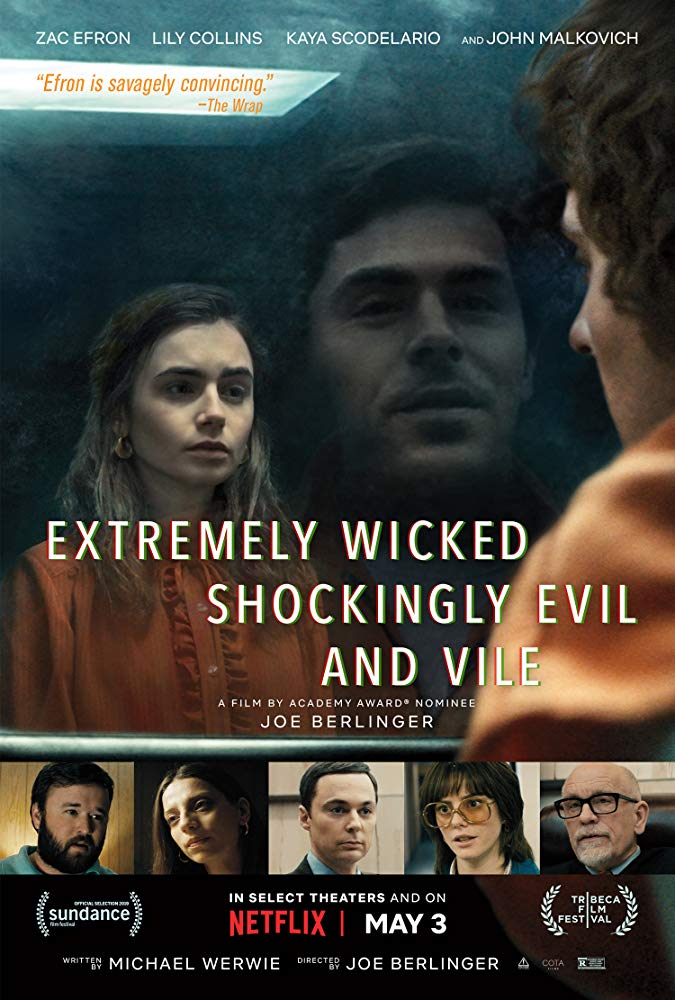 ©NETFLIX
©NETFLIX
‘Extremely Wicked, Shockingly Evil and Vile’, and yet, pants-off charming.
Zac Efron offered a surprisingly good portrayal of Ted Bundy in ‘Extremely Wicked, Shockingly Evil and Vile’ (2019), but people felt as though the movie was glorifying the ill-famed serial killer through the casting of Mr Efron. What they didn’t immediately understand was that Ted Bundy was exactly as the actor portrayed him—charming, handsome, a true ladies’ man. No one at the time could even believe that he had been the one responsible for more than thirty murders. Even Elizabeth Koepfler, his girlfriend, could not be convinced otherwise, until she learned he’d actually tried to kill her once. The tumultuous relationship led to her writing ‘The Phantom Prince: My Life with Ted Bundy’, which was the basis for ‘Extremely Wicked, Shockingly Evil and Vile’.
And if Mrs Koepfler’s book and Mr Efron’s performance wasn’t enough, Netflix gave us another slice of Ted Bundy through ‘Conversations with a Killer: The Ted Bundy Tapes’. What eventually got him arrested was his own inability to hide his tracks. Truth be told, despite his talent in leading a double life as a loving partner and a remorseless serial killer, Ted Bundy’s only advantage was his charm. He lacked the intelligence and critical thinking to continuously evade the authorities—unlike the Zodiac killer or Ed Kemper, for example. The latter was only caught after he surrendered himself. With every escape from prison, Ted Bundy sank deeper into his own despair, eventually devolving and killing a twelve-year-old girl.
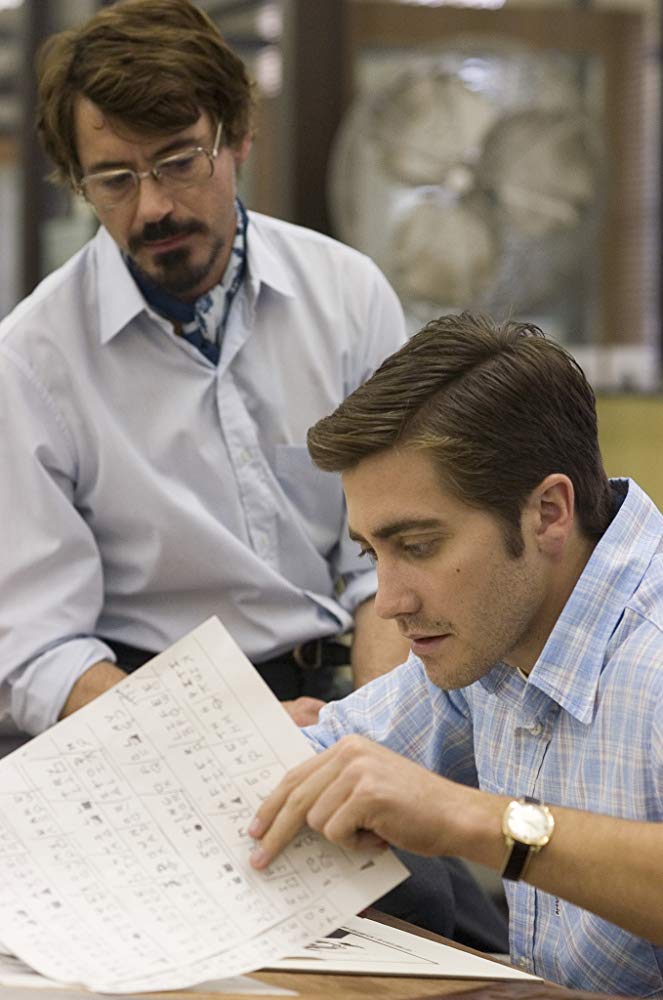 ©PARAMOUNT PICTURES
©PARAMOUNT PICTURES
‘Zodiac’ and the allure of the uncaught.
David Fincher tried his hand at serial killers before with ‘Zodiac’ (2007), starring Jake Gyllenhaal, Robert Downey Jr., and Mark Ruffalo. Given that the real Zodiac was never found, the film focused on the authorities and the media’s efforts to capture him. But even here, we find ourselves drawn to the story—people kept dying, viciously shot in their cars, while the Zodiac Killer sent puzzles to taunt the police.
There have been numerous documentaries that explore this subject, to the point of absolute exhaustion. It’s how we know more about the killers than we do about their victims. And yet, we still can’t get enough. We’ve brought serial killers into the realm of fiction, too, with ‘Psycho’ and ‘The Silence of the Lambs’ being just two examples. However, the deeper we delve into the psyche of such monsters, the more fascinated we become.
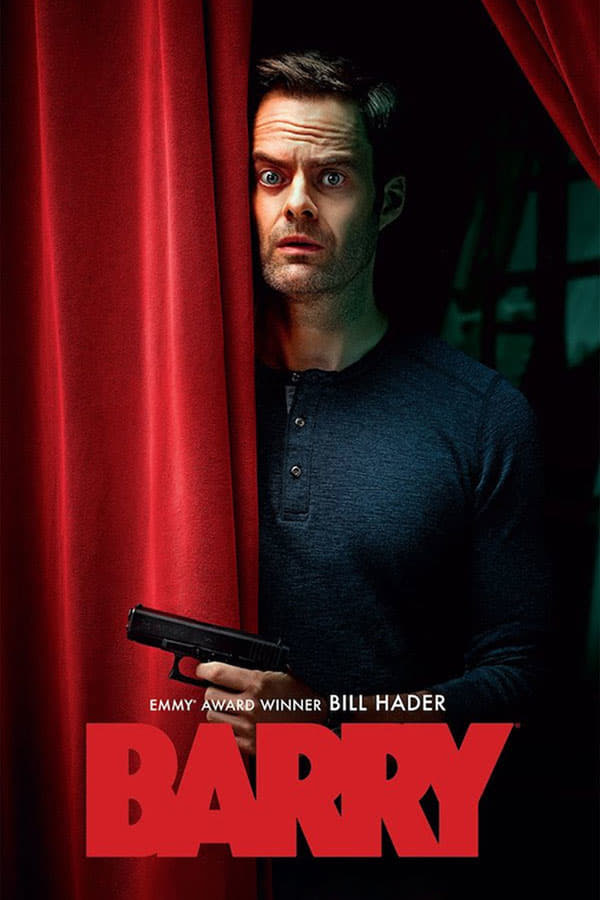 ©HOME BOX OFFICE/HBO
©HOME BOX OFFICE/HBO
‘Barry’, the sympathetic hitman.
HBO’s downright superb drama gives us Bill Hader as a hitman from the Midwest who moves to Los Angeles in order to become an actor. While the main character may not immediately come across as a psychopath, he is just that.
Barry is just smarter because he’s actually making money from killing people. Sure, he wants to explore the city’s theatre arts scene, but his true nature simmers just beneath the surface. He might have good intentions, but he is a serial killer. Even so, we can’t help but like him!
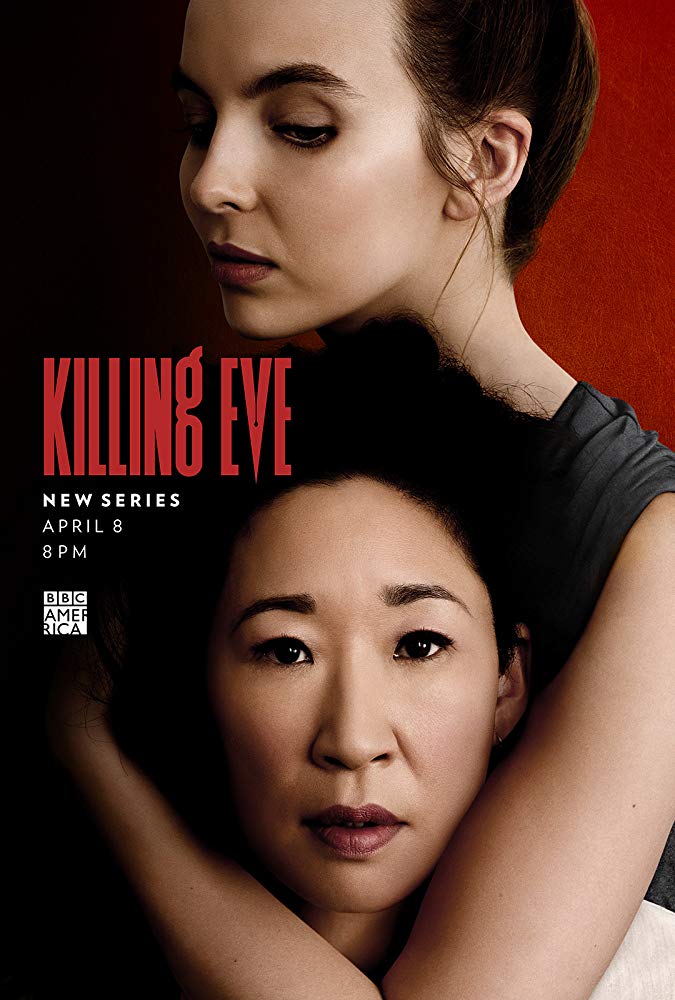 ©BBC AMERICA
©BBC AMERICA
‘Killing Eve’, or liking the villain a little too much.
Created by Phoebe Waller-Bridge for BBC America, ‘Killing Eve’ has another serial-killer-turned-professional-hitwoman as its central character, exquisitely played by Jodie Comer, going head to head with Sandra Oh’s Eve Polastri.
We’re drawn to Villanelle. She’s beautiful, resourceful, and incredibly good at her job. We can’t look away, even though we know she’s basically as bad as Ted Bundy, Ed Kemper and any of the other ‘industry greats’, so to speak.
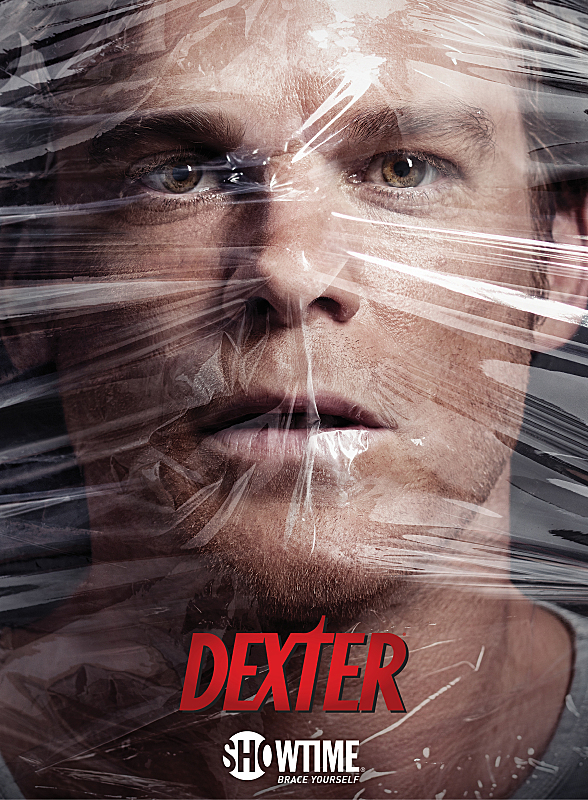 ©SHOWTIME
©SHOWTIME
‘Dexter’, our first favourite serial killer.
Showtime’s ‘Dexter’ is yet another prime example as to why serial killers as main characters works so well. As viewers, we felt better about ourselves knowing that Dexter, so wickedly portrayed by Michael C. Hall, only targeted other murderers.
We were even compelled to consider him an avenging dark angel of sorts, even though he, too, is basically a textbook psychopath. We rooted for him. We certainly didn’t want him to get caught. A similar effect stemmed from ‘Hannibal’ (2013), as well, whose main character—the renowned psychiatrist turned serial killer, is superbly played by Mads Mikkelsen. These guys are terrifyingly irresistible…
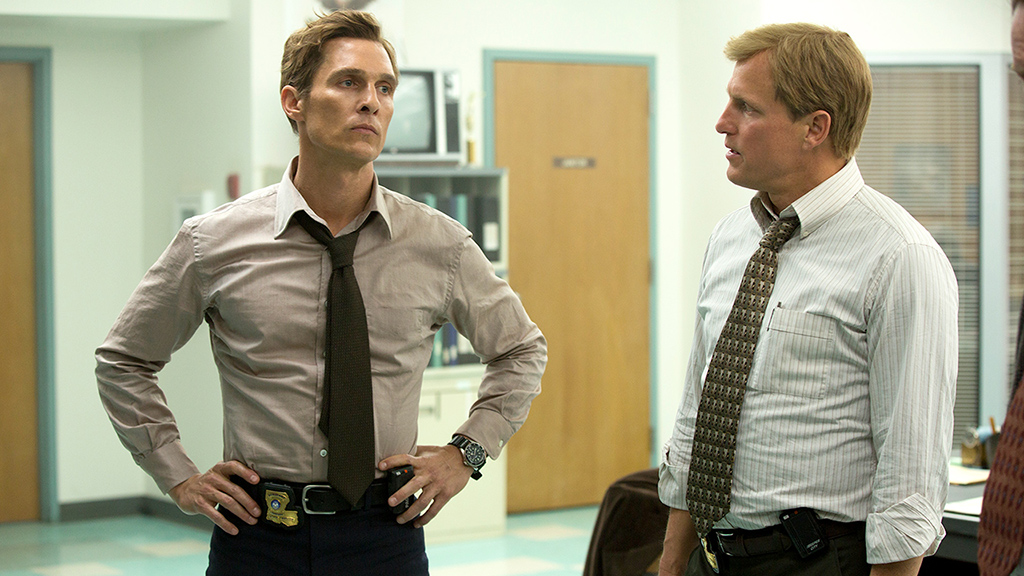 ©HOME BOX OFFICE/HBO
©HOME BOX OFFICE/HBO
‘True Detective’ and the fight for justice.
Despite this appeal of serial killer, we do appreciate the hunt. We appreciate cinematic productions where the murderers get caught almost as much as we love the antiheroes who don’t get caught. In that sense, Nic Pizzolatto’s HBO drama, ‘True Detective’, stands out.
The seasonal anthology series, directed by Cary Joji Fukunaga, among others, tackles the professional and personal lives of the police officers who chase the very darkness we’re so drawn to.
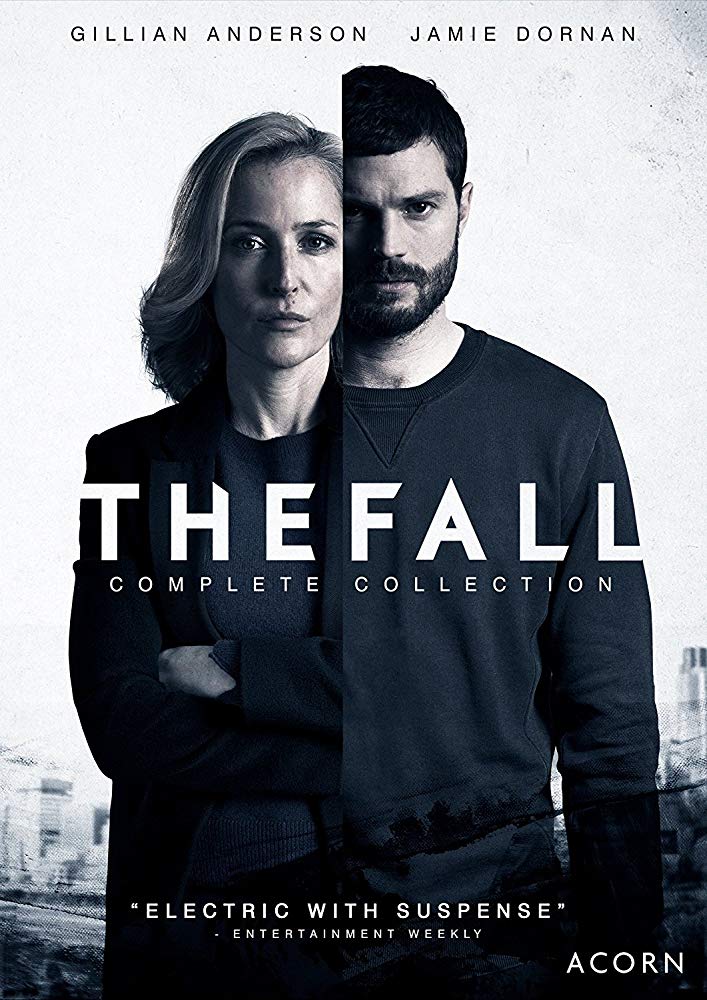 ©BBC NORTHERN IRELAND/ARTISTS STUDIO
©BBC NORTHERN IRELAND/ARTISTS STUDIO
‘The Fall’, or how the cat chases the mouse and vice versa.
Taking place in Belfast, ‘The Fall’ follows the incomparable Gillian Anderson as a policewoman trying to take down Jamie Dornan’s seemingly passionate father, who is, in fact, a serial killer. For the umpteenth time, we find ourselves wedged between the hunter and the murderer, drawn to both thanks to their complexity.
It is the same with real serial killers. The terrible nature of their crimes is only outmatched by their personalities. We’re continuously astonished by the fact that people who seem completely normal are capable of such terror.
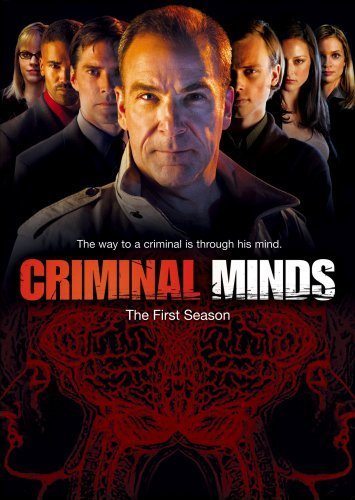 ©CBS
©CBS
‘Criminal Minds’, the fictional compendium of serial murder.
Before ‘Mindhunter’, ‘Criminal Minds’ (2005) had already established itself as the go-to source of morbid entertainment—a cornucopia of serial killers stretched across thirteen seasons, now going into its final lap. Most of it is inspired from John Douglas and Robert Ressler’s work with the FBI, though Mr Douglas does mention in the eponymous book on which ‘Mindhunter’ is based that profilers did not run around, guns blazing and breaking down doors in order to catch serial killers. Most of their work revolved around close collaboration with the local police and studying the crime scenes.
Even so, ‘Criminal Minds’ has been, by far, the biggest fix for serial killer aficionados worldwide. And while that might be a relatively troubling thing to say, these productions aren’t just well written, they’re also responsible for bringing some awareness to the general public, where serial murders are involved.
Thanks to them, even we are capable of recognizing certain patterns.
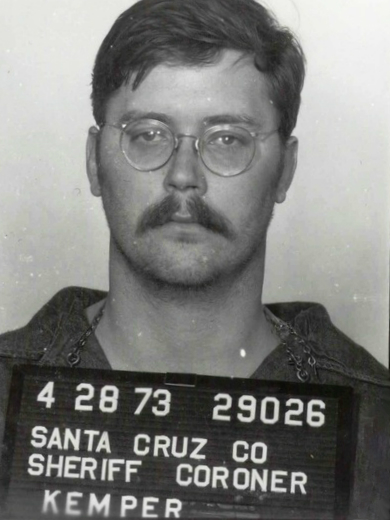 EDMUND EMILE KEMPER, ‘THE CO-ED KILLER’. IMAGE CURTESY OF SANTA CRUZ COUNTY SHERRIFF’S OFFICE
EDMUND EMILE KEMPER, ‘THE CO-ED KILLER’. IMAGE CURTESY OF SANTA CRUZ COUNTY SHERRIFF’S OFFICE
The appeal of serial killers will never die out. As evidenced by the many titles above, along with the honourable mentions, it is clear that we cannot get enough of such complex stories. In many ways, fiction is far more interesting than reality—at least on the screen, the serial killers come across as slightly more three-dimensional than their real-life counterparts.
This fervour isn’t waning, either. More and more true crime stories are coming out. The ‘Serial’ podcast broke records with move than 70 million downloads, a figure never before seen in this particular medium.
Michelle McNamara’s posthumous book, ‘I’ll Be Gone in the Dark’, was completed by crime writer Paul Haynes, investigative journalist Billy Jensen, and Mrs McNamara’s widower, comedian Patton Oswalt. It wasn’t just a bestseller, it also helped Sacramento Police, who arrested James DeAngelo, a 72-year-old former police officer and the very Golden State Killer that Mrs McNamara had spent years trying to track down. HBO is currently producing a documentary based on the book.
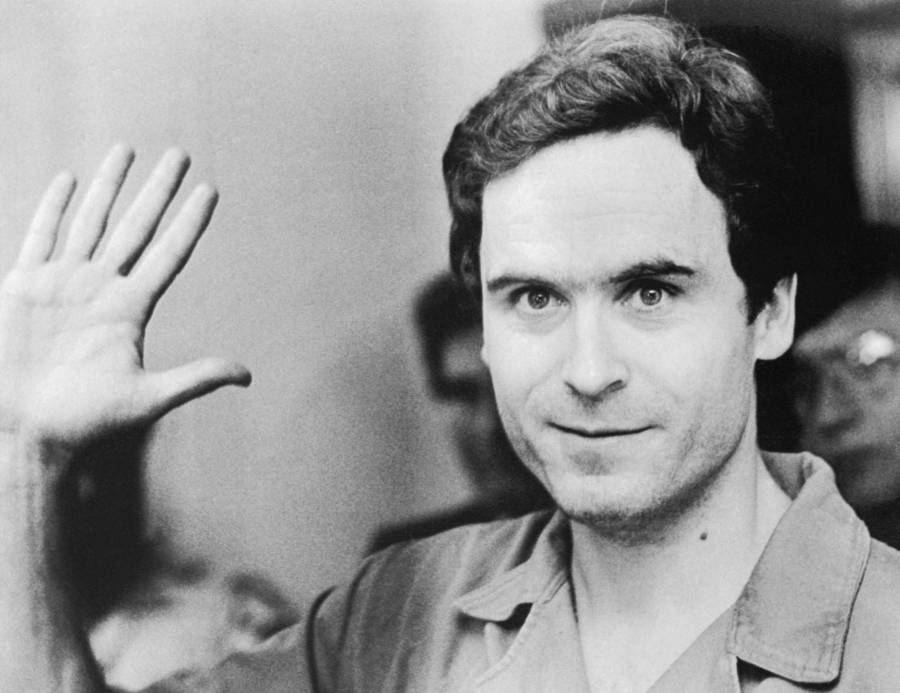 TED BUNDY. ©BETTMANN/GETTY IMAGES
TED BUNDY. ©BETTMANN/GETTY IMAGES
There are museum exhibits about famous serial killers taking place almost every year, most of them sold out—as was the case of the Museum of London in October 2015, when 600 objects from the Metropolitan Police’s crime archives went on show. Harold Schechter, a true crime writer best known for his book ‘Deviant’ (published in 1989 and telling the true story of Ed Gein, the so-called ‘original Psycho’), considers this popular interest ‘a kind of cultural hysteria’.
While serial killers are responsible for less than 1% of murders in the United States, our fascination exceeds our concern as we continue to build this mythology of evil and murder.
In the end, it is our way of accepting that none of the monsters we create through legends, folklore, books or films come close to the monsters that real people are capable of becoming. After all, and as Joseph Conrad was quoted in the very first episode of ‘Criminal Minds’, saying: ‘The belief in a supernatural source of evil is not necessary. Men alone are quite capable of every wickedness’.
Jules R. Simion
Jules is a writer, screenwriter, and lover of all things cinematic. She has spent most of her adult life crafting stories and watching films, both feature-length and shorts. Jules enjoys peeling away at the layers of each production, from screenplay to post-production, in order to reveal what truly makes the story work.
An Interview with Anna Drubich
Anna Drubich is a Russian-born composer of both concert and film music, and has studied across…
A Conversation with Adam Janota Bzowski
Adam Janota Bzowski is a London-based composer and sound designer who has been working in film and…
Interview: Rebekka Karijord on the Process of Scoring Songs of Earth
Songs of Earth is Margreth Olin’s critically acclaimed nature documentary which is both an intimate…
Don't miss out
Cinematic stories delivered straight to your inbox.
Ridiculously Effective PR & Marketing
Wolkh is a full-service creative agency specialising in PR, Marketing and Branding for Film, TV, Interactive Entertainment and Performing Arts.

